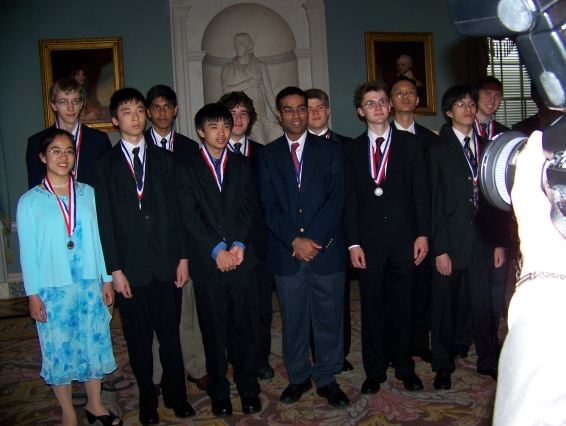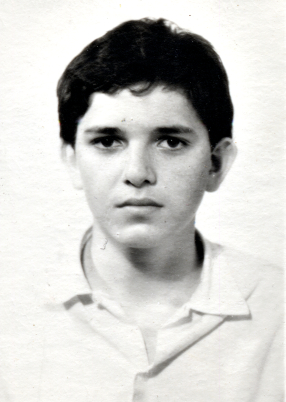AMC, AIME, USAMO Contradiction
To get to the national swimming championship, you need to win the state running championships.
What? Is that a joke? Perhaps you’re having the same reaction. Because this is exactly what is happening with math competitions. The official USA math competition has three rounds: AMC, AIME and USAMO.
AMC is a multiple-choice competition with 25 problems in 75 minutes. To be good at it, you need speed, accuracy and the ability to guess well.
AIME is 3 hours long and has 15 problems. The problems are a different level of difficulty and guessing will not help you. Though AIME is also multiple-choice, unlike AMC where you choose out of 5, in AIME you choose out of 1,000. But you still need speed and accuracy. A small arithmetic mistake will cost you the whole problem.
USAMO is a competition that runs for 9 hours and has 6 problems. The problems are much harder and you have to write proofs. Proofs? What proofs? Where are the proofs coming from? It is like you got to the national swimming championship because you are a great runner, but you do not know how to swim.
As the result of this system of selection, the USA team at the International Math Olympiad has diverse skills: these kids are good at all three types of the math competitions. It is like taking an Olympic triathlon team to the Olympic swimming event.
However, the US loses by selecting in this way. There are many kids who are great mathematicians: they may be good at difficult problems but not that good at speed-racing problems. An arithmetic mistake costs you only one point at IMO, but a whole problem at AIME. There are kids who are deep mathematicians prone to small arithmetic mistakes. They could get a gold medal at IMO, but they can’t pass AMC or AIME.
Not only that. As many AMC problems are boring and do not require ideas, AMC might discourage kids from all math competitions at an early stage.
I will write later with my ideas about how to change AMC. Right now I would like to offer a solution to a smaller problem. I am sure that the US math team organizers know many cases in which a non-senior kid does great at USAMO and is potentially a team member for the next year’s US IMO team, but, oops, next year he can’t pass AMC.
I suggest the following: USAMO participants are allowed to go to next year’s AIME no matter what their AMC scores are. USAMO winners are allowed to go to the next year’s USAMO no matter what their AIME results are. This way kids who have proved that they are great swimmers do not need to compete in running again.
Share: A new study is out. Dr. Satoshi Kanazawa blogged about his new discovery. He claims that he can explain why many studies show that men have higher intelligence than women. In his posting
A new study is out. Dr. Satoshi Kanazawa blogged about his new discovery. He claims that he can explain why many studies show that men have higher intelligence than women. In his posting  This story happened in the summer of 1975. I was 16. Before that, I was naive and brainwashed; by the end of the summer I had grown up. All that summer I was stunned and didn’t know what to do as I watched this story unfold.
This story happened in the summer of 1975. I was 16. Before that, I was naive and brainwashed; by the end of the summer I had grown up. All that summer I was stunned and didn’t know what to do as I watched this story unfold.